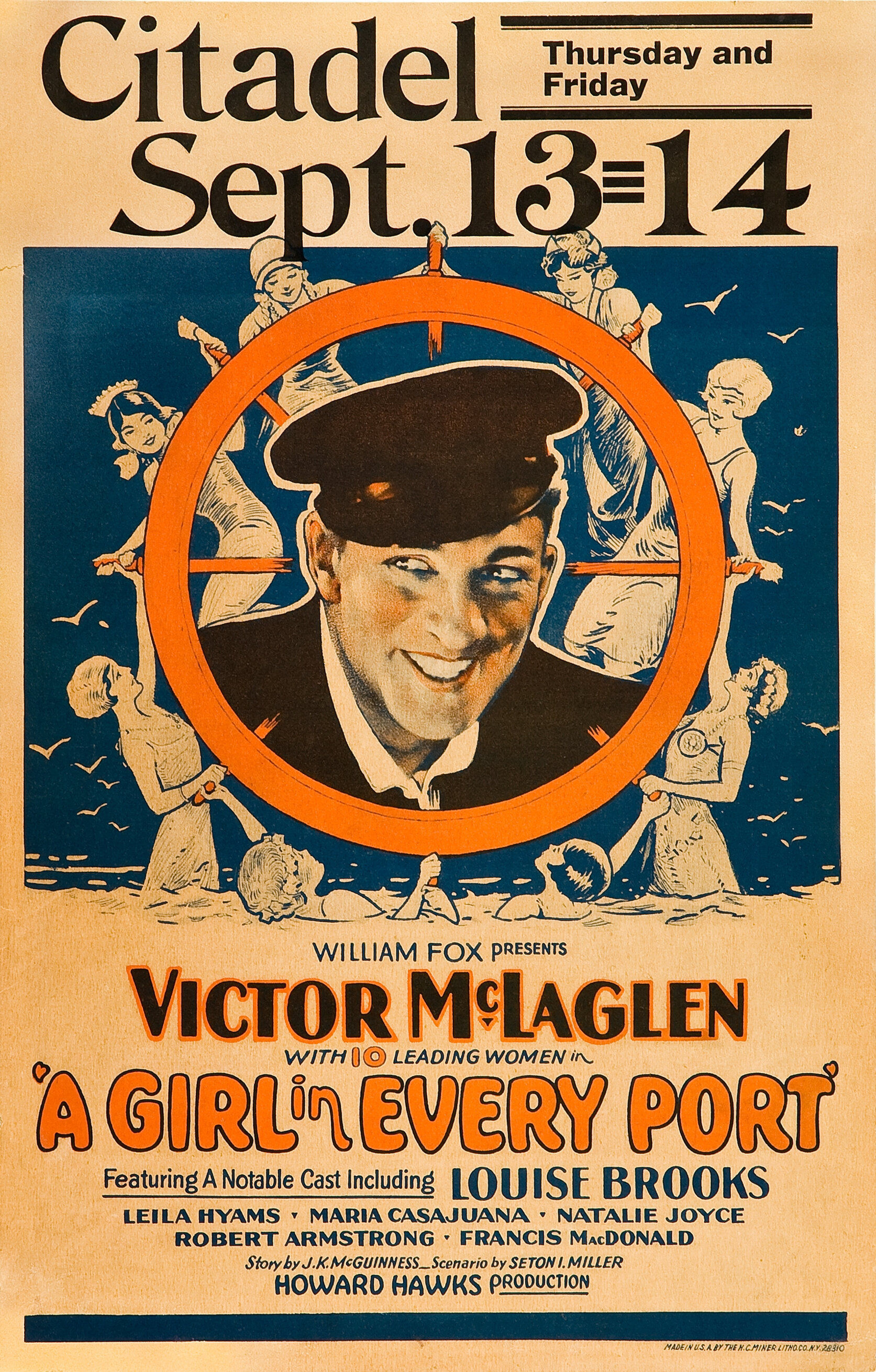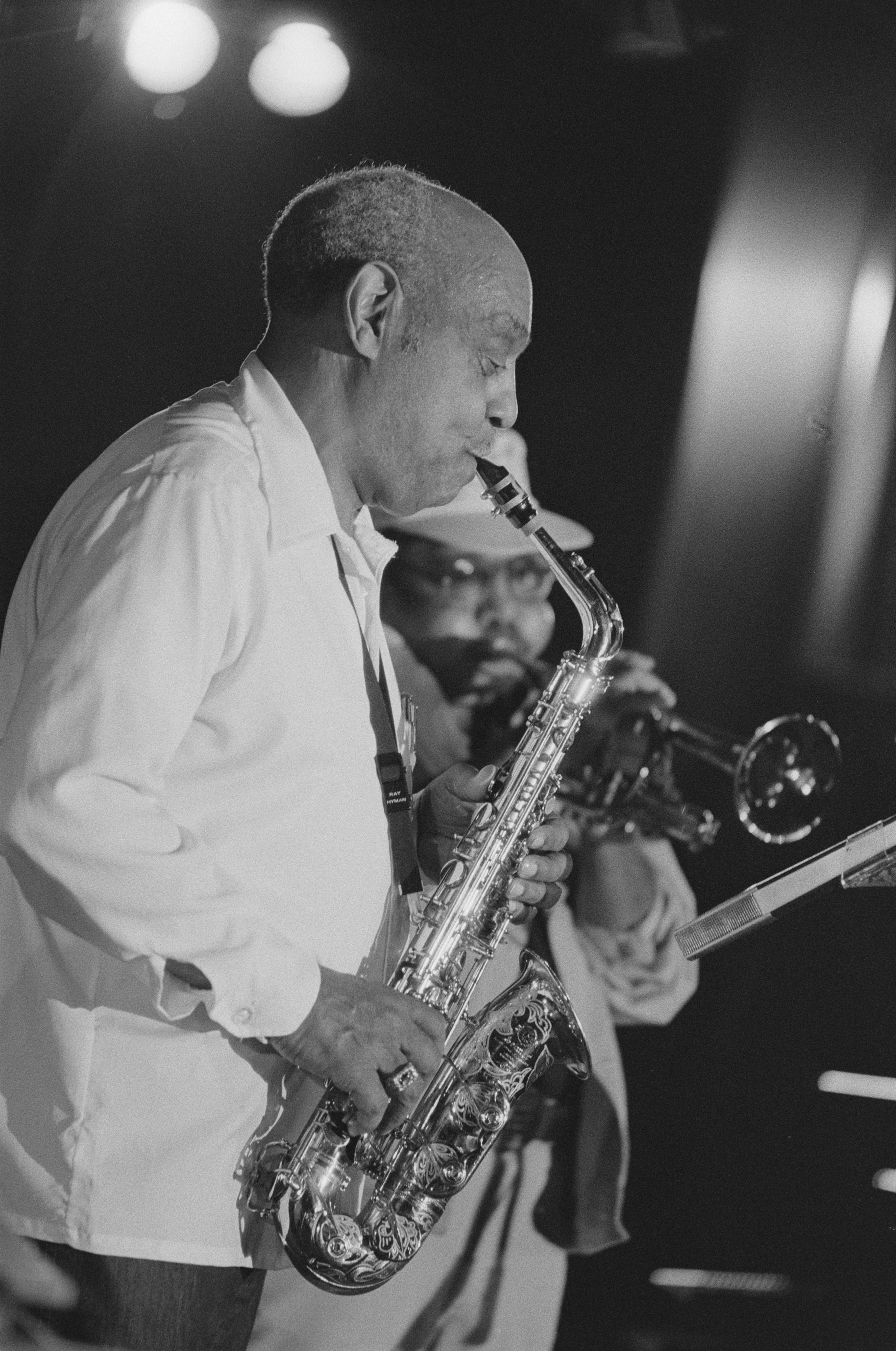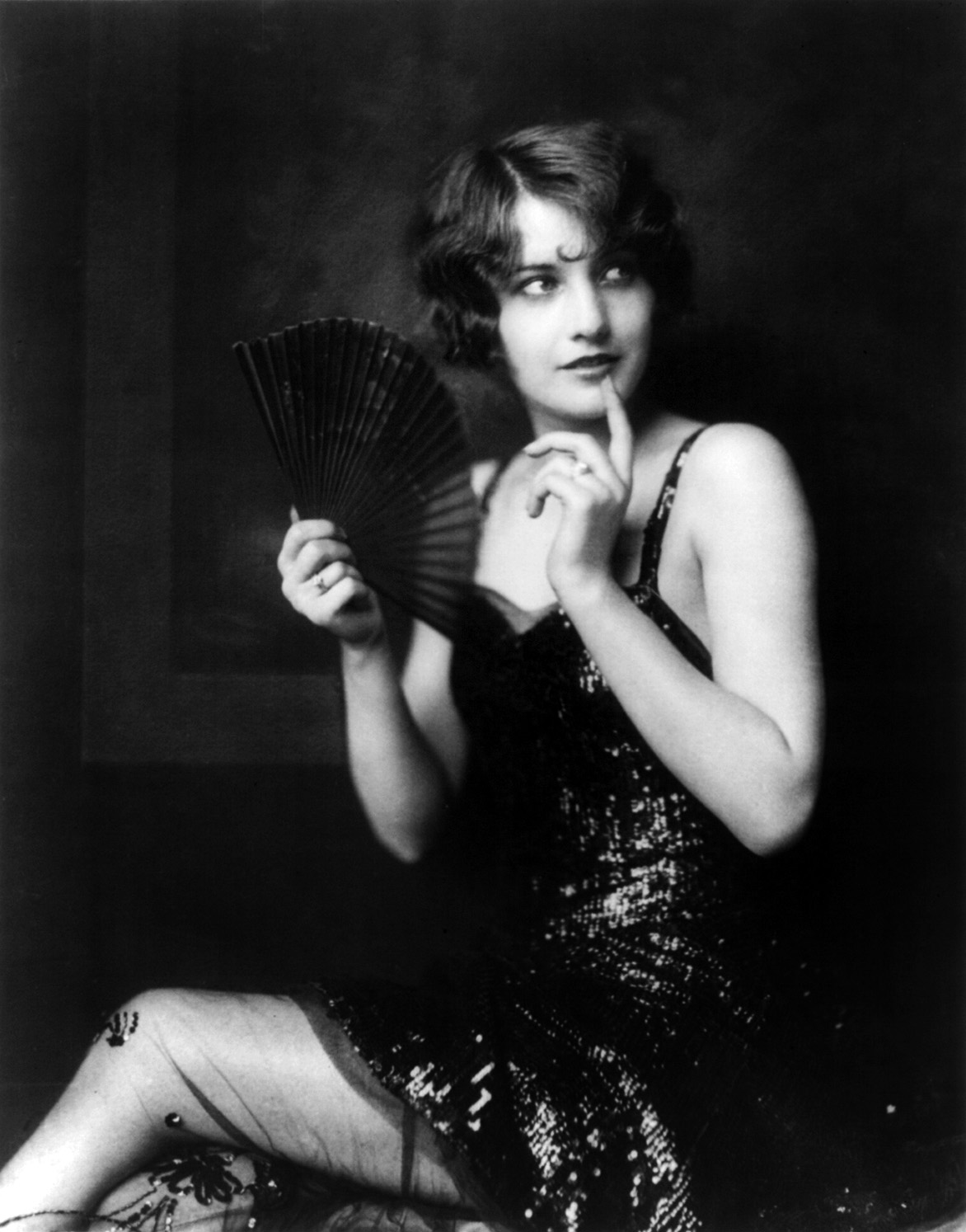|
A Song Is Born
''A Song Is Born'' (also known as ''That's Life''), starring Danny Kaye and Virginia Mayo, is a 1948 Technicolor musical film remake of Howard Hawks' 1941 movie ''Ball of Fire'' with Gary Cooper and Barbara Stanwyck. This version was also directed by Hawks, based on the story "From A to Z" by Billy Wilder and Thomas Monroe, adapted by Harry Tugend (uncredited) and produced by Samuel Goldwyn and released by RKO Radio Pictures. Filmed in Technicolor, it featured a stellar supporting cast of musical legends, including Tommy Dorsey, Benny Goodman (with Al Hendrickson as cameo), Louis Armstrong, Lionel Hampton, and Benny Carter. Other notable musicians playing themselves in the cast include Charlie Barnet (with Harry Babasin as cameo), Mel Powell, Louis Bellson, The Golden Gate Quartet, Russo and the Samba Kings, The Page Cavanaugh Trio, and Buck and Bubbles. Other actors include Steve Cochran and Hugh Herbert. Plot In the Totten Foundation’s Victorian mansion in New Yor ... [...More Info...] [...Related Items...] OR: [Wikipedia] [Google] [Baidu] |
Howard Hawks
Howard Winchester Hawks (May 30, 1896December 26, 1977) was an American film director, producer and screenwriter of the classic Hollywood era. Critic Leonard Maltin called him "the greatest American director who is not a household name." A versatile film director, Hawks explored many genres such as comedies, dramas, gangster films, science fiction, film noir, war films and westerns. His most popular films include '' Scarface'' (1932), '' Bringing Up Baby'' (1938), '' Only Angels Have Wings'' (1939), ''His Girl Friday'' (1940), '' To Have and Have Not'' (1944), ''The Big Sleep'' (1946), '' Red River'' (1948), ''The Thing from Another World'' (1951), '' Gentlemen Prefer Blondes'' (1953), and '' Rio Bravo'' (1959). His frequent portrayals of strong, tough-talking female characters came to define the "Hawksian woman". In 1942, Hawks was nominated the only time for the Academy Award for Best Director for '' Sergeant York'' (1941). In 1974, he was awarded an Honorary Academy Awa ... [...More Info...] [...Related Items...] OR: [Wikipedia] [Google] [Baidu] |
Technicolor
Technicolor is a series of Color motion picture film, color motion picture processes, the first version dating back to 1916, and followed by improved versions over several decades. Definitive Technicolor movies using three black and white films running through a special camera (3-strip Technicolor or Process 4) started in the early 1930s and continued through to the mid-1950s when the 3-strip camera was replaced by a standard camera loaded with single strip 'monopack' color negative film. Technicolor Laboratories were still able to produce Technicolor prints by creating three black and white matrices from the Eastmancolor negative (Process 5). Process 4 was the second major color process, after Britain's Kinemacolor (used between 1908 and 1914), and the most widely used color process in Cinema of the United States, Hollywood during the Golden Age of Hollywood. Technicolor's #Process 4: Development and introduction, three-color process became known and celebrated for its highly s ... [...More Info...] [...Related Items...] OR: [Wikipedia] [Google] [Baidu] |
Hugh Herbert
Hugh Herbert (August 10, 1885 – March 12, 1952) was an American motion picture comedian. He began his career in vaudeville and wrote more than 150 plays and sketches. Career Born in Binghamton, New York, Herbert attended Cornell University. As an actor, he "had many serious roles, and for years was seen on major vaudeville circuits as a pathetic old Hebrew." The advent of talking pictures brought stage-trained actors to Hollywood, and Hugh Herbert soon became a popular movie comedian. His screen character was usually absent-minded and flustered. He would flutter his fingers together and talk to himself, repeating the same phrases: "hoo-hoo-hoo, wonderful, wonderful, hoo hoo hoo!" So many imitators (including Curly Howard of The Three Stooges, Mickey Rooney as Andy Hardy and Etta Candy in the Wonder Woman comic book series) copied the catchphrase as "woo woo" that Herbert himself began to use "woo woo" rather than "hoo hoo" in the 1940s. Herbert's earliest movies, like ... [...More Info...] [...Related Items...] OR: [Wikipedia] [Google] [Baidu] |
Buck And Bubbles
John William Sublett (February 19, 1902 – May 18, 1986), known by his stage name John W. Bubbles, was an American tap dancer, vaudevillian, movie actor, and television performer. He performed in the duo "Buck and Bubbles", who were the first black artists to appear on television. He is known as the father of "rhythm tap." Life and career Sublett was born in Louisville, Kentucky, on February 19, 1902, but soon moved with his family to Indianapolis. There, he formed a partnership with Ford L. "Buck" Washington in 1919. Their duo was known as "Buck and Bubbles." Buck played stride piano and sang, and Bubbles tapped along. They were so popular that the duo moved to Manhattan, New York City in September of that year. They played together in the Columbia Theater, the Palace and later played with artists Al Jolson, Eddie Cantor and Danny Kaye. They appeared in Lew Leslie's Blackbirds in 1930 at the Royale Theatre. This was followed by performances in the '' Ziegfeld Follie ... [...More Info...] [...Related Items...] OR: [Wikipedia] [Google] [Baidu] |
The Page Cavanaugh Trio
Walter Page Cavanaugh (January 26, 1922 in Cherokee, Kansas – December 19, 2008 in Los Angeles) was an American jazz and pop pianist, vocalist, and arranger. Career He began on piano at age nine and played with Ernie Williamson's band in 1938–39 before moving to Los Angeles and joining the Bobby Sherwood band at age 20. While serving in the military during World War II, he met guitarist Al Viola and bassist Lloyd Pratt, with whom he formed a trio. After the war's end they performed together in the style of the Nat King Cole Trio, scoring a number of hits in the late 1940s, including " The Three Bears", " Walkin' My Baby Back Home", and " All of Me". Scott Yanow, Page Cavanaughat AllMusic The trio appeared in the films ''A Song Is Born'', '' Big City'', '' Lullaby of Broadway'' (with Doris Day) and ''Romance on the High Seas'' (Doris Day's first film, in 1948). [...More Info...] [...Related Items...] OR: [Wikipedia] [Google] [Baidu] |
Russo And The Samba Kings
{{human name disambiguation, Russo ...
Russo may refer to: *Russo (surname) * Russo (footballer, 1915–1980), full name Adolpho Milman, Brazilian football forward and manager *Russo (footballer, born 1976), full name Ricardo Soares Florêncio, Brazilian football defender *Russo brothers (born 1970 and 1971), American directors, producers and screenwriters *Russo-, prefix relating to Russia or the Russians , native_name_lang = ru , image = , caption = , population = , popplace = 118 million Russians in the Russian Federation (2002 ''Winkler Prins'' estimate) , region1 = , pop1 ... [...More Info...] [...Related Items...] OR: [Wikipedia] [Google] [Baidu] |
The Golden Gate Quartet
The Golden Gate Quartet (a.k.a. The Golden Gate Jubilee Quartet) is an American vocal group. It was formed in 1934 and, with changes in membership, remains active. Origins and early career The group was founded as the Golden Gate Jubilee Singers in 1934, by four students at Booker T. Washington High School in Norfolk, Virginia. According to the group's website, the original members were Willie Johnson (baritone; d. 1980), William Langford (tenor; d. 1970), Henry Owens (second tenor; d. 1970) and Orlandus Wilson (bass; 1917–1998); other sources state that Langford and Wilson replaced earlier members Robert "Peg" Ford and A.C. "Eddie" Griffin in 1935. From 1935, the group sang in churches and on local radio, gaining a regular spot on radio station WIS in Columbia, South Carolina in 1936.Seamus McGarvey, ''The Golden Gate Quartet'', in ''Juke Blues'' magazine, no. 71, 2011, pp. 42–45 They began as a traditional jubilee quartet, combining the clever arrangements associated ... [...More Info...] [...Related Items...] OR: [Wikipedia] [Google] [Baidu] |
Louis Bellson
Louie Bellson (born Luigi Paulino Alfredo Francesco Antonio Balassoni, July 6, 1924 – February 14, 2009), often seen in sources as Louis Bellson, although he himself preferred the spelling Louie, was an American jazz drummer. He was a composer, arranger, bandleader, and jazz educator, and is credited with pioneering the use of two bass drums.National Endowment for the Arts biography of Louis Bellson , January 1994; accessed January 2009. Bellson performed in most of the major capitals around the world. Bellson and his wife, actress and singer Pearl Bailey (married from 1952 until Bailey's death in 1990), had the second highest number of appearances at the |
Harry Babasin
Yervant Harry Babasin, Jr. (19 March 1921 – 21 May 1988) was an American jazz bassist. His nickname was "The Bear". Biography Babasin was born in Dallas, Texas to an American mother and an Armenian father. He attended North Texas State University, one of many noted jazz alumni from the school. Among them were Jimmy Giuffre, with whom Babasin played in Bill Ware's orchestra around 1940, and Herb Ellis, who played with Babasin in the Charlie Fisk Orchestra starting in 1942. Fisk actually fired his rhythm section after hearing Ellis and Babasin play, and after he was admitted, Babasin quit school to go on tour with Fisk. He also toured in the 1940s with Jimmy Joy, Bob Strong, Billie Rogers, Gene Krupa, Charlie Barnet, Boyd Raeburn, Benny Goodman, Woody Herman, Frank DeVol, and Jerry Gray. He also appeared in ''A Song Is Born'', one of many jazz stars to play roles in the film. On the set of the film, he met Brazilian guitarist Laurindo Almeida, and the two began jamming together; a ... [...More Info...] [...Related Items...] OR: [Wikipedia] [Google] [Baidu] |
Benny Carter
Bennett Lester Carter (August 8, 1907 – July 12, 2003) was an American jazz saxophonist, clarinetist, trumpeter, composer, arranger, and bandleader. With Johnny Hodges, he was a pioneer on the alto saxophone. From the beginning of his career in the 1920s, he worked as an arranger including written charts for Fletcher Henderson's big band that shaped the swing style. He had an unusually long career that lasted into the 1990s. During the 1980s and 1990s, he was nominated for eight Grammy Awards, which included receiving a Lifetime Achievement Award. Career Carter was born in New York City in 1907. He was given piano lessons by his mother and others in the neighborhood. He played trumpet and experimented briefly with C-melody saxophone before settling on alto saxophone. In the 1920s, he performed with June Clark, Billy Paige, and Earl Hines, then toured as a member of the Wilberforce Collegians led by Horace Henderson. He appeared on record for the first time in 1927 as a membe ... [...More Info...] [...Related Items...] OR: [Wikipedia] [Google] [Baidu] |
Al Hendrickson
Alton Reynolds Hendrickson (May 10, 1920 – July 19, 2007) was an American jazz guitarist and occasional vocalist. Biography When he was five years old, Hendrickson's family moved to California, where he grew up. He played early in his career with the Gramercy Five, Ray Linn, Artie Shaw, and Freddie Slack, then worked with Benny Goodman in both smaller and larger ensemble settings. He played with Woody Herman on several occasions in the late 1940s through the end of the 1950s, and also played with Neal Hefti, Bill Holman, Barney Kessel, Johnny Mandel, Billy May, Ray Noble, Andre Previn, Louis Prima, Boyd Raeburn, Shorty Rogers, and Bud Shank. In 1962, he appeared at the Monterey Jazz Festival alongside Louie Bellson and Dizzy Gillespie. He also worked as an accompanist and session musician for many popular vocalists, such as Rosemary Clooney, Bing Crosby, Doris Day, Lee Hazlewood, Eartha Kitt, Frankie Laine, Ann-Margret, Dean Martin, Ella Mae Morse, Harry Nilsson, and Elv ... [...More Info...] [...Related Items...] OR: [Wikipedia] [Google] [Baidu] |
Barbara Stanwyck
Barbara Stanwyck (; born Ruby Catherine Stevens; July 16, 1907 – January 20, 1990) was an American actress, model and dancer. A stage, film, and television star, during her 60-year professional career she was known for her strong, realistic screen presence and versatility. She was a favorite of directors, including Cecil B. DeMille, Fritz Lang, and Frank Capra, and made 85 films in 38 years before turning to television. Orphaned at the age of four and partially raised in foster homes, she always worked. One of her directors, Jacques Tourneur, said of her, "She only lives for two things, and both of them are work." She made her debut on stage in the chorus as a Ziegfeld girl in 1923, at age 16, and within a few years was acting in plays. Her first lead role, which was in the hit ''Burlesque'' (1927), established her as a Broadway star. In 1929, she began acting in talking pictures. Frank Capra chose her for his romantic drama ''Ladies of Leisure'' (1930). This led to additio ... [...More Info...] [...Related Items...] OR: [Wikipedia] [Google] [Baidu] |


_2013.118.159.png)


